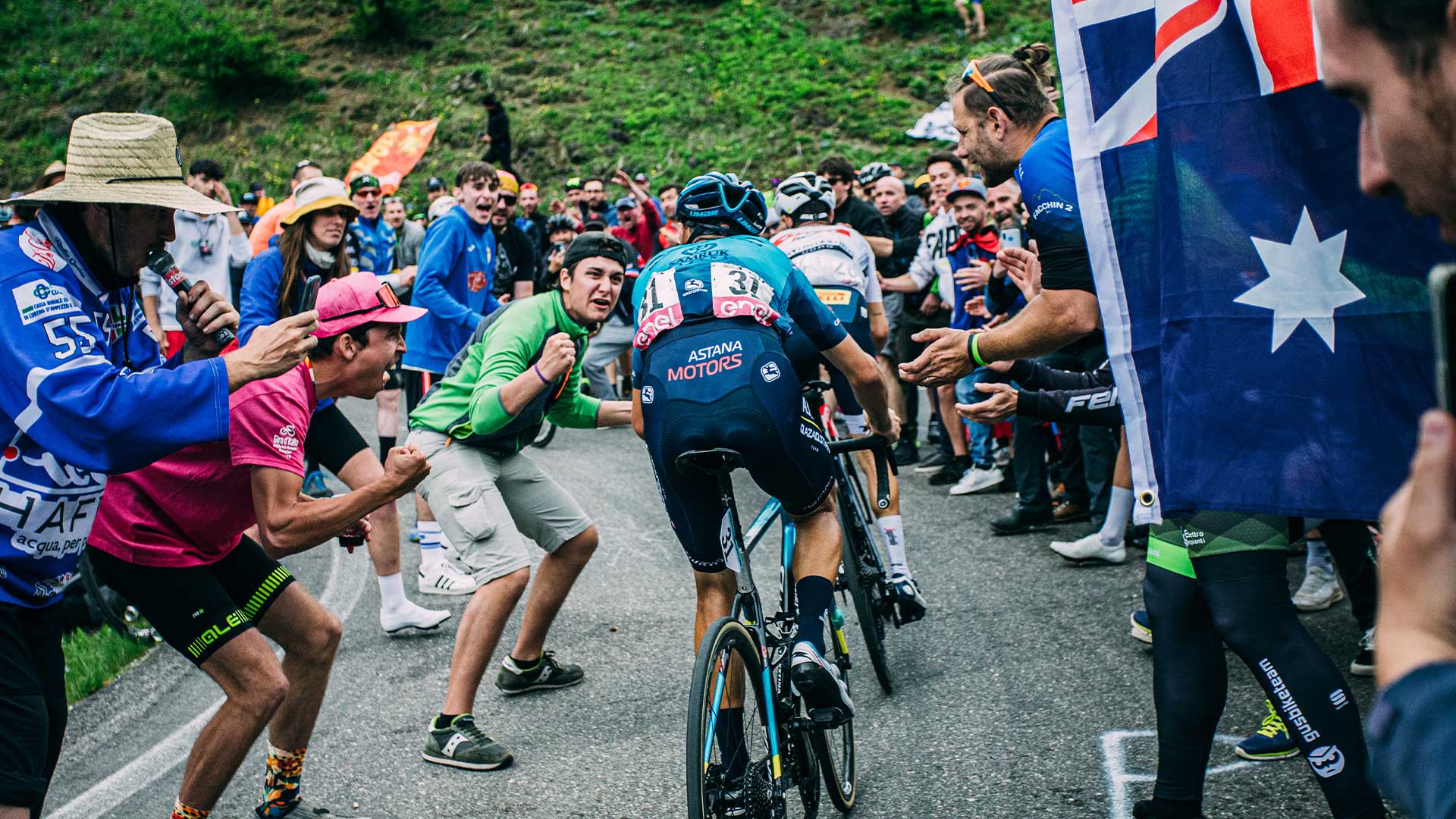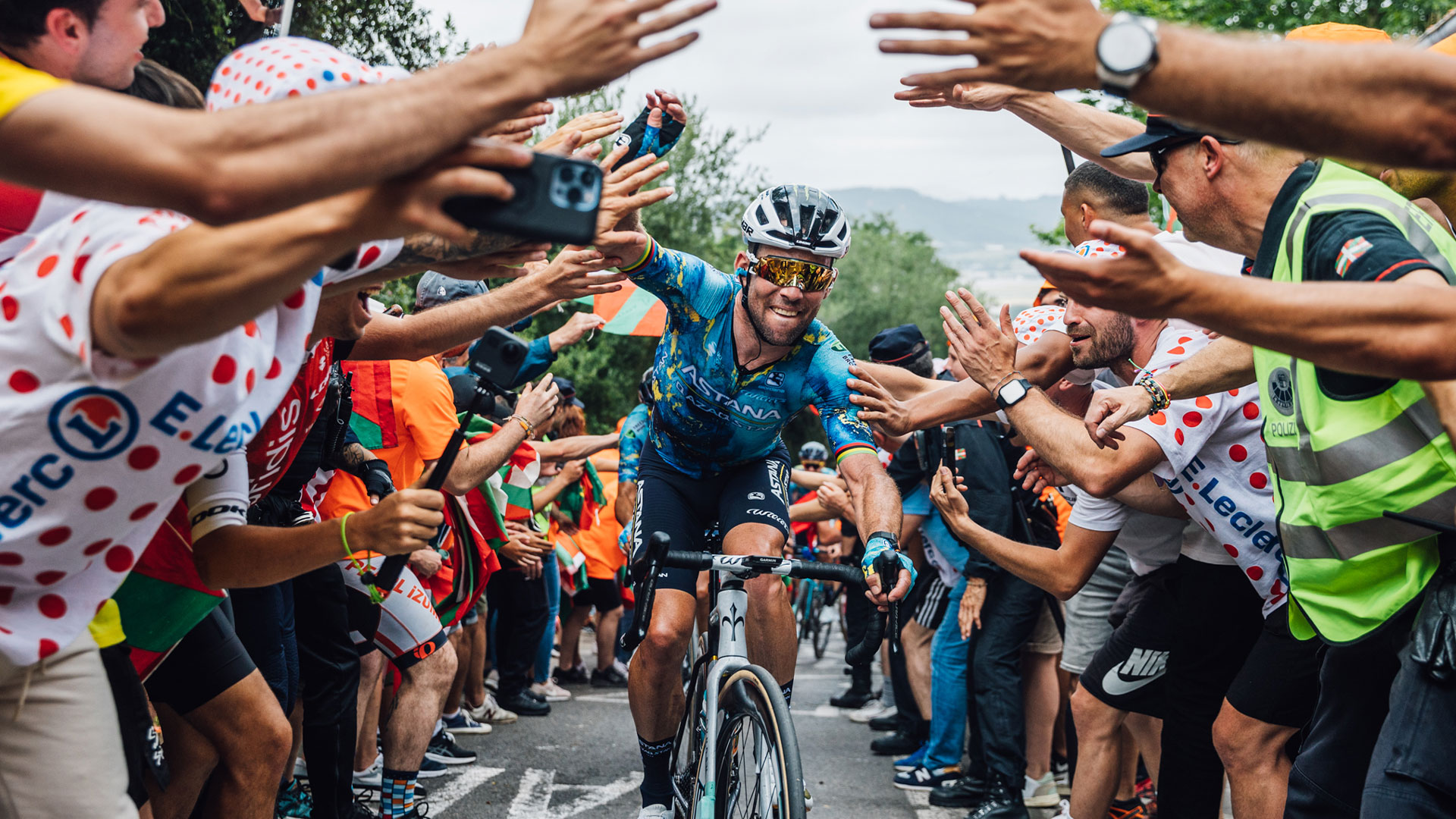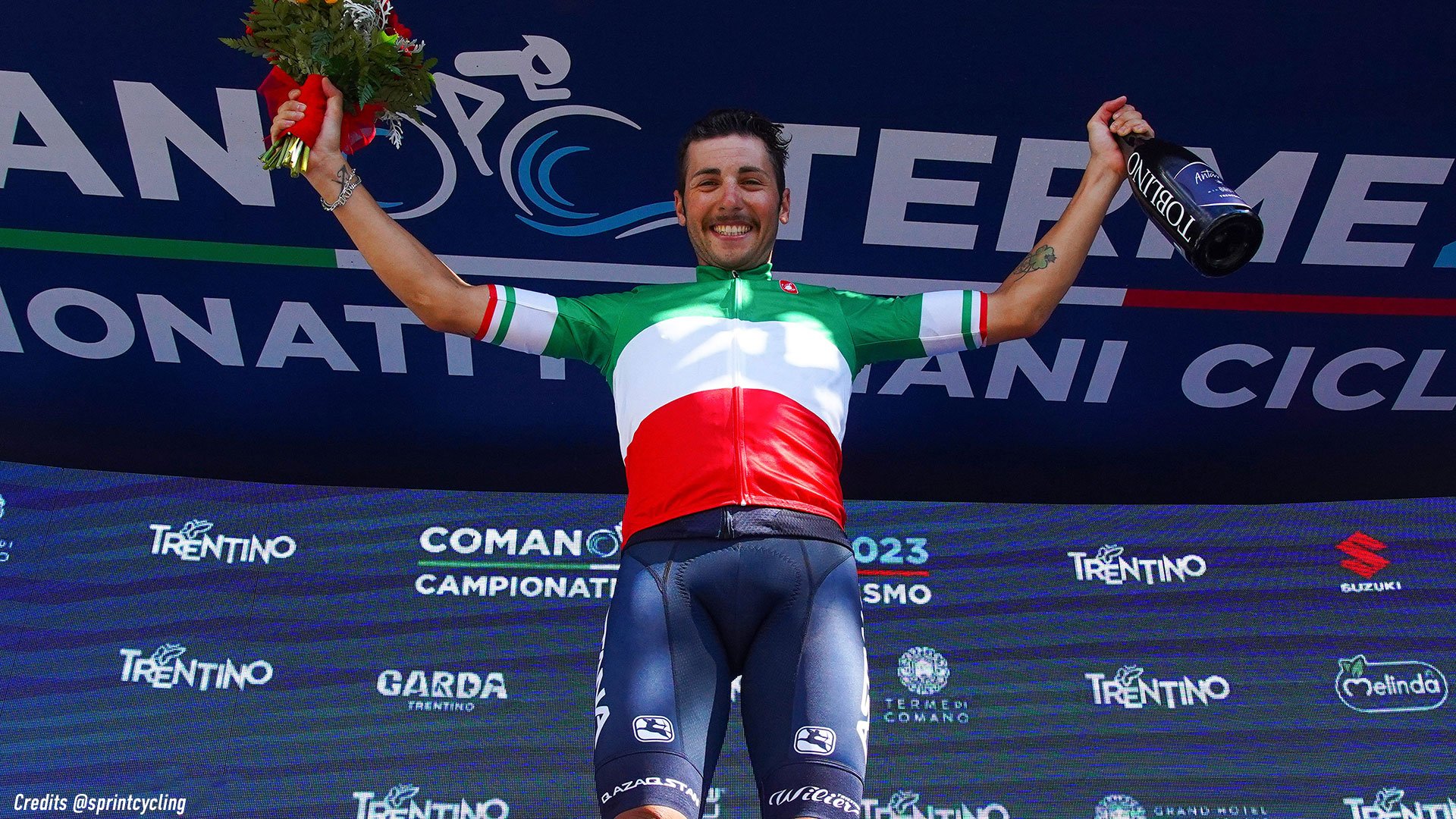The second week of the Tour: From the Atlantic to the Jura
This week, the Tour de France heads from west to east. With the exception of a few detours, this year’s Tour’s precise route puts it in the company of other editions that were raced in a clockwise direction.
The Grande Boucle now heads east, cutting through the heart of the Hexagon, as it starts the first stage on Île d’Oléron to conclude it on Île de Ré. This stage is extraordinary for the beauty of the Atlantic landscape, as the route passes through the spectacular port city of La Rochelle.
 If the riders didn’t have to fight the wind and carefully study the echelon—that is, if they weren’t racing in the Tour de France—the route would be a cycling wonder. They could perhaps stop for a break in Royan to contemplate the Gironde estuary (which becomes the Garonne), admire the coast of the Pertuis d’Antioche, and relax during the crossing to Île de Ré, up to the Phare des Baleines lighthouse, which brings to mind Ole Hem’s Norwegian adventure.
If the riders didn’t have to fight the wind and carefully study the echelon—that is, if they weren’t racing in the Tour de France—the route would be a cycling wonder. They could perhaps stop for a break in Royan to contemplate the Gironde estuary (which becomes the Garonne), admire the coast of the Pertuis d’Antioche, and relax during the crossing to Île de Ré, up to the Phare des Baleines lighthouse, which brings to mind Ole Hem’s Norwegian adventure.
Unfortunately, as we said, this is a competition, so after paying tribute to one of the most beautiful places on the Atlantic, the riders turn their eyes to a challenge that would be equally exciting if they weren’t chasing their best times: discovering a new Puy de Dôme.
Nowadays, Puy de Dôme, the fabulous volcano that served as the backdrop to the legendary challenges between Anquetil and Poulidor and between Eddy Merckx and Thevenet can no longer withstand the massive amounts of traffic created by the Tour de France. As a result, bicycles are permitted there only once a year for the Montée de Puy de Dôme. So, the Tour had to find a new finish in the volcanic hills of the Massif Central.
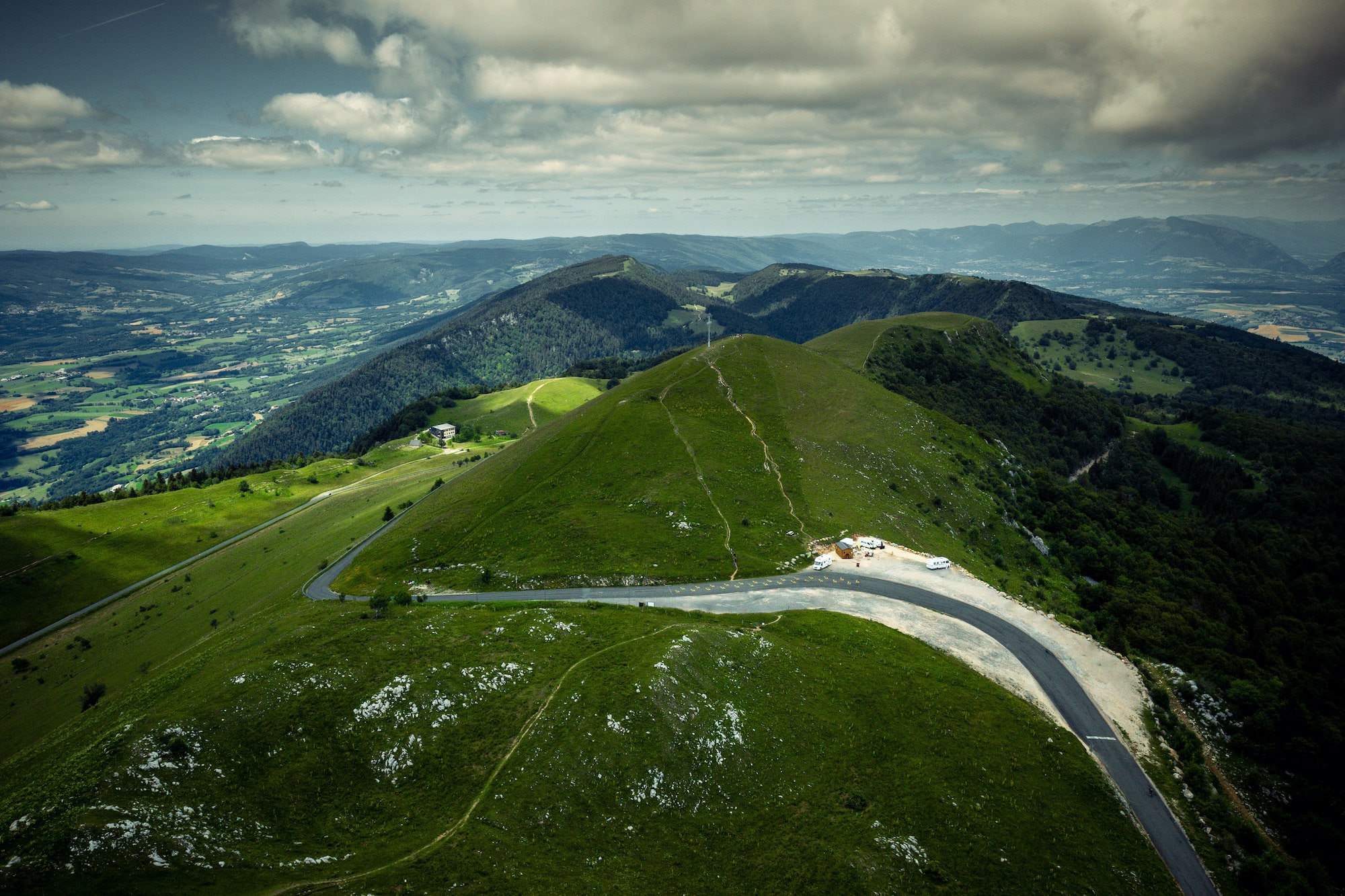
This year’s choice is the Puy Mary (in Cantal), selected as a stage finish for the first time. The site is equivalent to the good old finish atop Puy de Dôme and the climb is just as stunning, as only the ascent to an extinct volcano can be. Puy Mary bears all the qualities that a lover of climbs could desire. However, when you’re racing a stage against six kings of the mountain, the route creates a number of major challenges, in particular Col de Neronne with its average slope of 9% immediately preceding Puy Mary. Further east, the very last stage of the second week poses the same challenge.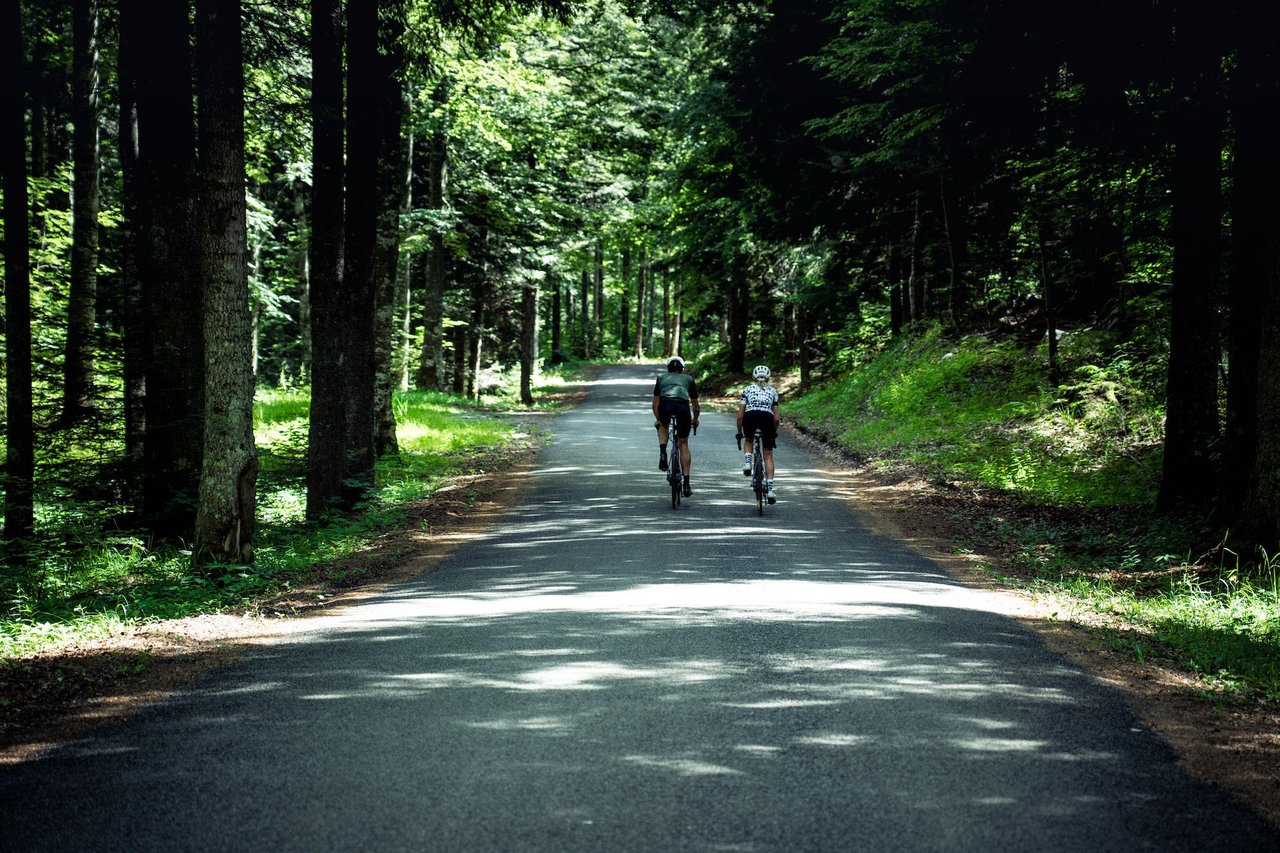
The brand-new finish on Grand Colombier (previously crossed in other editions of the Tour) is made nastier by the Montée de la Selle de Fromentel and, even more, by Col de la Biche. Each of these climbs is a wonder for any competitive cyclist, cycling, climbing and landscape lover. It is a pity that the Touristes are competing, so they are forced to cross these wondrous landscapes one after the other without pausing, without being able to stop and marvel at the mighty Rhône as it flows through the valley.
Related stories
Fans and cycling
Let the journey begin
The king has fallen. Long live the king!
Simone Velasco is the new Italian National Champion
The victorious Wilier - Pirelli relay in the MTB Elite Championship
Newsletter
Fill in the form below for updates on all that's new in the Wilier Triestina world, with plenty of content: product news, technical insights, professional teams, fairs and events, ambassadors, promotions and offers, all arriving in your email box. And if you no longer want to receive news from us, you can unsubscribe at any time.



